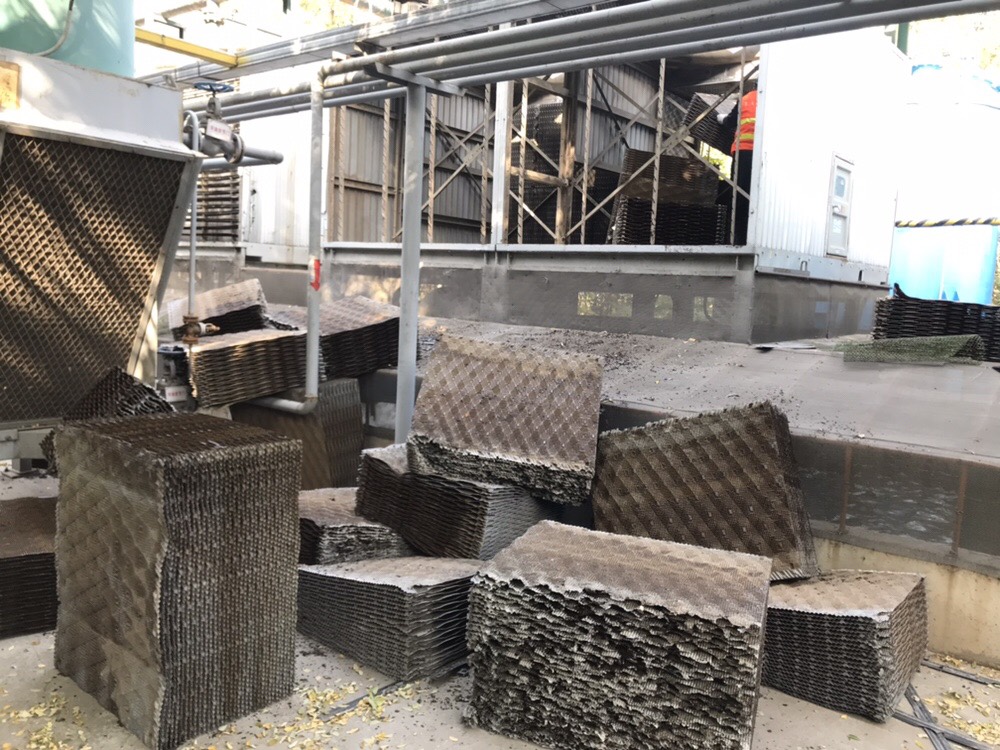
How often are you supposed to clean your cooling towers?
Cooling tower is a heat rejection device that rejects waste heat to the atmosphere through the cooling of a water stream to a lower temperature. Cooling towers may either use the evaporation of water to remove process heat and cool the working fluid to near the wet-bulb air temperature or, in the case of closed circuit dry cooling towers, rely solely on air to cool the working fluid to near the dry-bulb air temperature.
Common applications of the cooling tower include cooling the circulating water used in oil refineries, petrochemical and other chemical plants, thermal power stations, nuclear power stations and HVAC systems for cooling buildings. The classification is based on the type of air induction into the tower: the main types of cooling towers are natural draft and induced draft cooling towers.
Cooling towers vary in size from small roof-top units to very large hyperboloid structures (as in the adjacent image) that can be up to 200 metres (660 ft) tall and 100 metres (330 ft) in diameter, or rectangular structures that can be over 40 metres (130 ft) tall and 80 metres (260 ft) long. The hyperboloid cooling towers are often associated with nuclear power plants,[1] although they are also used in some coal-fired plants and to some extent in some large chemical and other industrial plants. Although these large towers are very prominent, the vast majority of cooling towers are much smaller, including many units installed on or near buildings to discharge heat from air conditioning.
How often are you supposed to clean your cooling towers? According to Occupational Safety and Health Administration, it is recommended to clean your cooling tower twice a year. Depending on the surroundings, it may need to be cleaned more frequently.

Cooling towers are a very humid and harsh environment that promote bacterial growth, especially fully outdoors cooling towers that are exposed to the sun. Warm water and sunlight are the main recipe for the biological growth seen in these pictures. If left untouched, it will keep growing and can lead to the deadly bacteria known as legionella. Thick bio films can also block your cooling tower fill and reduce heat transfer. If you notice green algae growing inside your cooling tower, it mean that you need the professionals to properly get rid of it and reduce legionella risks.
Spring is approaching soon, if needed, book your cooling tower cleanings with Latino. Latino supply supply the most competitive cooling tower part and service for all of you.

